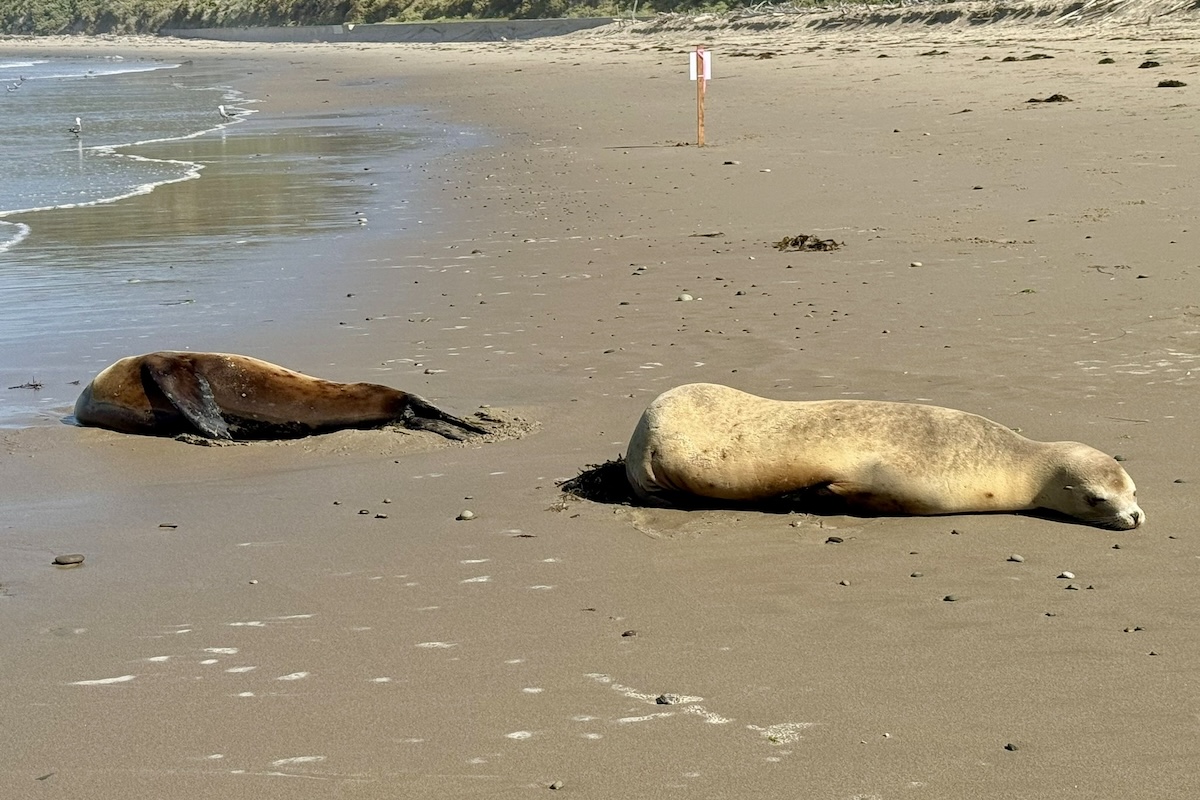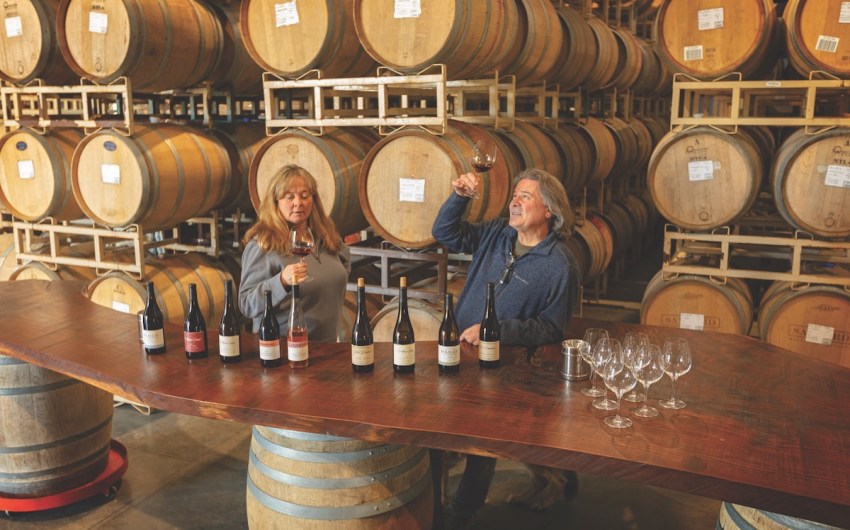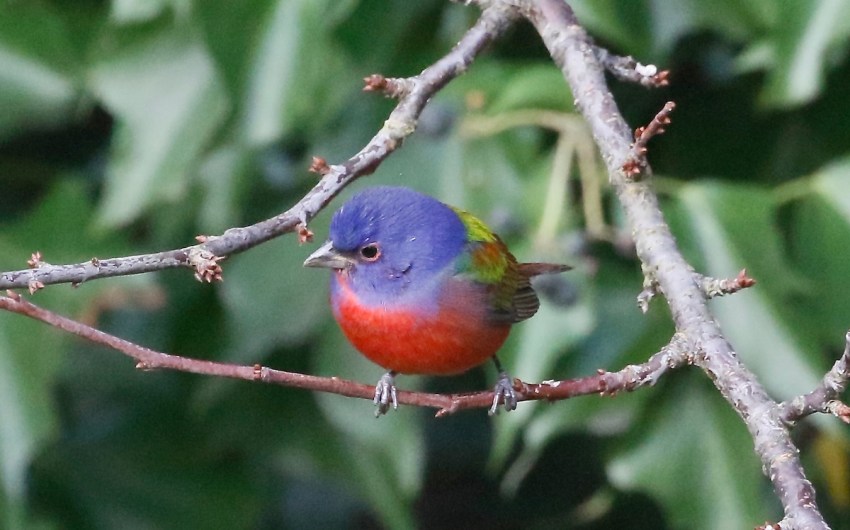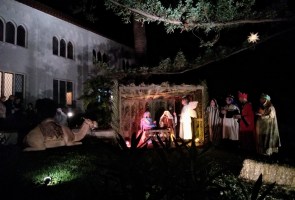Scores of Sea Lions Reported Sick on Beaches in Santa Barbara and Ventura Counties
This Marks Third Consecutive Year of Marine Mammals Suffering from Domoic Acid Poisoning

Sea lions on the Central Coast are seeing red.
The Channel Islands Marine Wildlife Institute (CIMWI) has been recently inundated with reports of lethargic, loopy, and disoriented sea lions stranded on local beaches. Many are in grave condition from domoic acid, a neurotoxin from toxic algae blooms known as the “red tide,” which typically occurs around spring or fall.
Domoic acid moves through the food chain and builds up in predators such as sea lions, causing seizures, inflammation in the brain, and heart problems. Many do not survive.
In Santa Barbara and Ventura counties, this marks the third consecutive year of these toxins harming marine mammals, driven by factors such as rising ocean temperatures increasing the frequency and intensity of harmful algal blooms in Southern California.
Sea lions are the primary victims of domoic acid poisoning this year, but it has also stranded and killed other animals, including dolphins, in the past.
On July 7, CIMWI began receiving reports of adult California sea lions showing symptoms of domoic acid poisoning, such as stargazing, head weaving, mouth foaming, and an inability to move out of the tidal zone.

By July 26, their hotline was ringing off the hook. Sick sea lions are popping everywhere along Santa Barbara and Ventura’s 155 miles of coastline, flooding the volunteer organization with around 100 reports daily. Currently, CIMWI is treating at least 10 sick sea lions every day.
“We’re seeing pretty intense algal blooms, with animals exhibiting horrific signs of suffering on the beach,” said CIMWI Managing Director Ruth Dover. “Our resources are stretched pretty thin, but we’re getting to the majority of the animals in the same day.”
Sick sea lions often rest on the beach for 24-72 hours during the acute phase of the toxin, and then may return to the ocean on their own. But if they do not, rescuers are on standby.
On Thursday and Friday, CIMWI’s volunteer rescue team was active across the county — responding to 150-200-pound adult sea lions, such as one large female near Carpinteria. She was exhibiting severe symptoms, rolling in and out of the surf, seizing, and bobbing her head.
It’s physically demanding and time-consuming work to reach and wrangle the disoriented animals. The teams often have to hike three or four miles and then manage to catch the freaked-out, slippery sea lions before they escape into the surf.
“We have to be strong for the public who is feeling their own set of emotions witnessing the suffering,” said Ken Hughes, CIMWI’s stranding operations lead, who gets boots on the ground to save these animals.
“We have a responsibility and sense of duty to help as many of these sentinel animals as we can…We have to turn off our own personal emotions while we’re on the beach so we can work safely and help as many animals as possible and be there to help the people too.”

To capture the animals, like the Carpinteria female, the team uses a specialized net, wooden shields, sedatives (to relieve the potentially harmful stress of rescue), and a wheeled kennel. From there, they transport the animals back to their rehabilitation facility to be treated by a veterinary team.
Treatment for domoic acid poisoning involves flushing the toxin with fluids, administering anti-seizure and anti-inflammatory medications, and feeding the patients toxin-free fish.
However, there is no cure for domoic acid, and while some sea lions may recover from acute effects, many suffer from chronic neurological issues or die. CIMWI is seeing high mortality rates, with animals succumbing on the beach prior to rescue, dying despite treatment, or being humanely euthanized because of the severity of the toxin’s neurological effects.

Samples have been sent out to determine the levels of the toxin, and CIMWI said it is awaiting results.
Harmful algal bloom events have occurred in Santa Barbara and Ventura counties in 2002, 2006, 2007, 2017, 2022, 2023, and 2024. Last year was a record high, with CIMWI responding to 651 marine mammals exhibiting signs of the toxin and rescuing 97 sea lions, up from 262 reports and 70 rescues in 2022.
The environmental team at Vandenberg Space Force Base was involved this year, reporting a significant uptick in California sea lion strandings at Surf Beach and other nearby beaches, both on and off base. Base biologists have been actively monitoring the situation and collaborating with CIMWI to respond to the animals.
“Sea lions may become aggressive if provoked,” the base reported. “The toxin can cause severe inflammation and brain damage in sea lions, and if consumed in high doses, it can also affect humans.”
CIMWI suggests that monitoring toxic blooms as well as sick and deceased animals helps researchers to enhance early warning systems to protect wildlife, marine ecosystems, and even prevent human illness.
If you come across a sea lion exhibiting signs of domoic acid poisoning, do not touch it; instead, observe it from a distance of at least 50 feet, determine its location, and call the CIMWI Rescue Hotline at (805) 567-1505. Provide your name, phone number, specific information about the animal, and its location.
Additional information about domoic acid is on CIMWI’s website, cimwi.org/domoic-acidand learn more about volunteer efforts on their Instagram.
Premier Events
Sat, Dec 21
11:00 AM
Santa Barbara
Mosaic Makers Market – Holiday Weekend Market
Sun, Dec 22
11:00 AM
Santa Barbara
Mosaic Makers Market – Holiday Market Finale
Wed, Dec 25
6:00 PM
Santa Barbara
FREE Contra Dance X-mas Day💃Corwin & Grace band6-9
Thu, Dec 19
6:30 PM
Santa Barbara
Trail Talks Open Mic Night: Tales from the Wild
Fri, Dec 20
5:00 PM
Santa Barbara
Espresso Martini Bar
Fri, Dec 20
5:00 PM
Santa Barbara
1 Year Anniversary + Holiday Party for Loud Flower Art Co and Restricted Goods
Fri, Dec 20
5:30 PM
Santa Barbara
First United Methodist Church Living Nativity
Fri, Dec 20
8:00 PM
Santa Barbara
Winter Wonderland Party
Fri, Dec 20
9:00 PM
Santa Barbara
Film Screening: “Love Actually”
Sat, Dec 21
11:00 AM
Santa Barbara
Mosaic Makers Market – Holiday Weekend Market
Sat, Dec 21
12:00 PM
Santa Barbara
Gift Wrapping with Life Chronicles
Sat, Dec 21
2:00 PM
Santa Barbara
State Street Ballet’s 30th Anniversary Production of ‘The Nutcracker’
Sat, Dec 21
4:00 PM
Santa Barbara
Wine + Painting Workshop
Sat, Dec 21 11:00 AM
Santa Barbara
Mosaic Makers Market – Holiday Weekend Market
Sun, Dec 22 11:00 AM
Santa Barbara
Mosaic Makers Market – Holiday Market Finale
Wed, Dec 25 6:00 PM
Santa Barbara
FREE Contra Dance X-mas Day💃Corwin & Grace band6-9
Thu, Dec 19 6:30 PM
Santa Barbara
Trail Talks Open Mic Night: Tales from the Wild
Fri, Dec 20 5:00 PM
Santa Barbara
Espresso Martini Bar
Fri, Dec 20 5:00 PM
Santa Barbara
1 Year Anniversary + Holiday Party for Loud Flower Art Co and Restricted Goods
Fri, Dec 20 5:30 PM
Santa Barbara
First United Methodist Church Living Nativity
Fri, Dec 20 8:00 PM
Santa Barbara
Winter Wonderland Party
Fri, Dec 20 9:00 PM
Santa Barbara
Film Screening: “Love Actually”
Sat, Dec 21 11:00 AM
Santa Barbara
Mosaic Makers Market – Holiday Weekend Market
Sat, Dec 21 12:00 PM
Santa Barbara
Gift Wrapping with Life Chronicles
Sat, Dec 21 2:00 PM
Santa Barbara
State Street Ballet’s 30th Anniversary Production of ‘The Nutcracker’
Sat, Dec 21 4:00 PM
Santa Barbara































You must be logged in to post a comment.